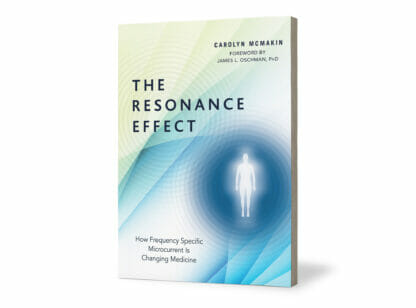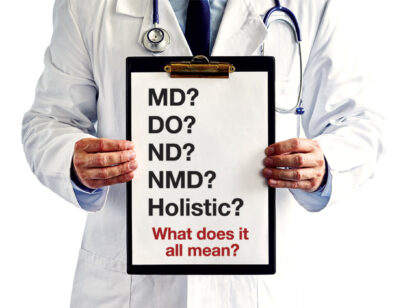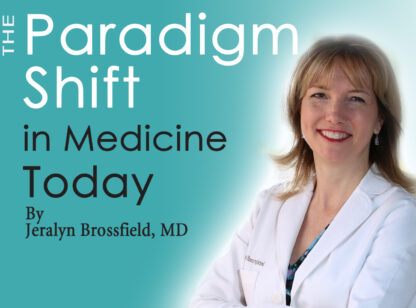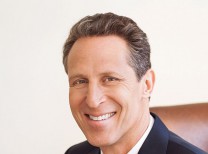For many here in the Valley, booking doctor appointments a month in advance, sitting in a crowded waiting room for an hour, and then only getting 15 minutes with your doctor, is an unpleasant reality. No one likes this system, including local doctors who are making changes to provide better service.
How did the system get here? Many young students enter medical school with the vision of providing hands-on care to patients they know by name. But after eight or more years of education and residency, new physicians graduate with staggering debt. Offers come from hospitals and health care institutions with attractive, secure salaries or, if they seek independence, insurance companies offering large quantities of clients in exchange for agreements to accept that company’s reduced rate plan. These agreements often restrict the time and pay per patient visit, so to make ends meet, doctors need to see as many patients as they can. The result is a practice with 3,000 – 4,000 patients and 25-50 appointments a day.
“You enter college with ideals of helping people and becoming an advocate for your patients,” states Chris Flores, MD, a family practitioner in Palm Desert. “But the conventional system does not afford doctors the time to take ownership of a patient’s well being.”
 With a desire to provide personal, “old fashioned” care, some doctors are breaking away from the system and starting practices that allow more time to offer “whole person” health care. However, this move is challenging and risky. Family practice physician Dr. Mark Foster recalls, “During my residency, I would ask my mentors if they were happy with their work. Many wished they were allowed time to do more. When asked why they never started their own practice, most would admit that it is very hard to leave the system.”
With a desire to provide personal, “old fashioned” care, some doctors are breaking away from the system and starting practices that allow more time to offer “whole person” health care. However, this move is challenging and risky. Family practice physician Dr. Mark Foster recalls, “During my residency, I would ask my mentors if they were happy with their work. Many wished they were allowed time to do more. When asked why they never started their own practice, most would admit that it is very hard to leave the system.”
The American Academy of Physicians estimates that 3,500 – 5,000 doctors in the U.S. have retreated from conventional medical practices since the trend began in Seattle in 1996. This small number reflects the challenge. “It takes significant financing to start your own practice and managing an independent practice is not something commonly taught in medical school,” Dr. Flores adds, “but with success comes the satisfaction that you are truly helping people and making a difference.”
The benefits to patients are significant and may include hour long office visits, same day service, accompaniments to specialists, hospital visits, and direct phone and email access to your doctor. The greatest benefit may be the fact that your primary care physician is taking responsibility for your “whole person” care. They may refer you to specialists, but they monitor the big picture–like a project manager for your individual health care.
There are a variety of business models for these practices, but all share a similar objective–allowing doctors more time to spend with each patient. If a practice accepts insurance, they may limit the number of patients by requiring a monthly or annual retainer. Or a practice may decide not to accept insurance and offer cash payment plans. On the higher end, there is “concierge service” with a substantial annual fee and access to your doctor 24/7, 365 days a year. Some plans offer office visits only, others offer office and hospital, and some even house calls. Most physicians offer a variety of choices to fit different budgets.
Doctors who commit to this new style of practice have to work harder, but feel the gratification is priceless. “I am earning less than I would within the conventional system,” Flores says, “but I enjoy significantly greater satisfaction.”
Hearing the concerns from patients and doctors, Eisenhower’s Primary Care division has developed similar options with doctor accessibility in mind. Their Executive Physical Program offered at the new George and Julia Argyros Health Center in La Quinta provides comprehensive assessments and preventive strategies at a premium cost. Their Primary Care 365 is offered throughout the Valley for a small annual fee. Benefits include online communication, convenient appointment scheduling, and a lower doctor patient ratio. This model is attracting new doctors like Sunnyline Vendiola, MD, “With this model, doctors will certainly feel more fulfilled and patients will better enjoy their health care experience. It makes for better medicine overall.”
Foster adds, “After spending an hour with a patient reviewing his or her medical and personal history and addressing lifestyle elements that may be contributing to their health concerns, a great sense of relief comes over them. We sit down and make a plan together. I monitor their progress, make changes where necessary, and stay involved on the road to health or recovery. It’s very rewarding for both of us.”
Dr. Vinita Verghese of Palm Springs, who stopped taking insurance 4 years ago says, “My real passion is working with the families as they are the true heroes living day to day with patients. It takes time to build trust, but when they see you are truly there when they need you, it takes some of the weight off.”
Verghese adds, “I had a family who signed up for boutique service for their mom because when their father was sick, he seemed to fall through the cracks. No one took ownership of his well being. They didn’t want that to happen to their mom. I worked closely with the entire family and was by her side when she took her last breath. That day they said ‘As soon as you arrived, we knew everything was going to be ok.’”
Such personal care sounds as if from days of old or only for the wealthy, but that is not the case. All doctors with whom we spoke offer packages for various budgets with most fee-for-service doctors charging reasonable rates. Those who do not accept insurance can advise as to whether patients are able to submit medical claims directly to their insurance company for reimbursement.
“I often recommend patients consider catastrophic insurance coverage and then pay as you go for health care services.” Foster concludes, “It can be a costs savings and you certainly receive more for the investment in your health.”















































Comments (7)
do you practice conciege medicine? I would like to enroll my husband in a conciege program so he would not have to wait so long to be seen. He is 85 yrs. old and the less stress the better for hime. Please let me know how your practice works or if you have recommendations. The only conciege physican I have found is Dr St. Thomas.
Thank you very much!
Janice Fulton
Janice: We have many concierge doctors here in the Coachella Valley. Are you located here? If you would like a recommendation, please feel free to call me at 760.238.0245.
Thank you for reading Desert Health!
My husband and I are new to the desert and have been interested for sometime in finding a “boutique doctor”. My husband read an article that some even can offer extensive procedures if needed, at greatly reduced costs.
We would be interested to receive a recommendation or a list of doctors to make the best choice for us.
Thank you in advance for your help
Thank you for reading, Ruth! We will work on a list and get back to you. Is there a preferred city in the desert for a doctor?
Lauren Del Sarto
Have you compiled a list yet? I would be interested in receiving a copy and any reviews.
Thank you,
Jean Chariton
Am interested in finding a concierge dr
Thank you, Deborah ~
You can find many options in our Integrated Practices section of Desert Health. Pick up a copy or you can view our digital version here: https://issuu.com/awodigitaledition/docs/desert_health_news_september-october_2020?fr=sYmE4NDQwNjcx
Thank you for reading Desert Health ~
Lauren Del Sarto
Publisher